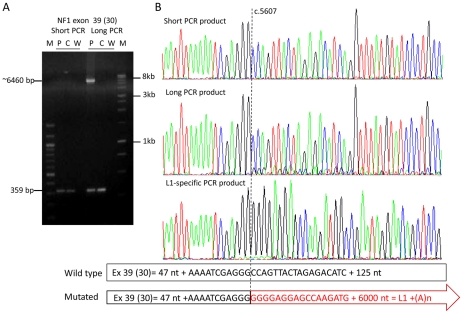Figure 2. Amplification of the mutant allele containing a full-length L1 element inserted into exon 39 (30).
(A) Agarose gel with PCR products of exon 39 (30) generated with two different PCR conditions. PCR products were generated from a control individual (C) and the patient (P) harboring a full-length L1 element in exon 39 (30) (W = water control). The PCR conditions (short) used in the diagnostic laboratory generate only the 359-bp product from the wild type allele present in the control and the patient, whereas a >6000-bp PCR product derived from the mutant allele was amplified along with the wild type 359-bp PCR product using the Expand Long Template PCR system kit (Roche), buffer system 2 and 3 (long) (see Table S1). (B) Sequences of the PCR products from the patient generated with the PCR conditions “short” and “long”; the sequence of the long PCR product but not of the short PCR product of the patient shows starting at nucleotide position c.5607 (vertical dotted line), besides the main wild type sequence, minor traces of a sequence coming from the inserted L1 element (see scheme below the sequences). The presence of the L1 element within the NF1 exon 39 (30) was confirmed using a L1-specific PCR (primers: 39f and L1-5_39r). The entire 6021-bp sequence of this L1 (Ta-1d) element is deposited in Figure S5.

